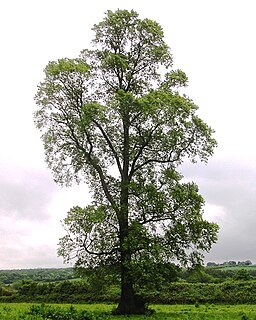New on The Pen and the Plough, Dr Pippa Marland’s (English, University of Bristol) blog, Jim Pratt considers ancient writings on trees and their contemporary relevance.

Imagine yourself a squaddie in the Roman Army of occupation of Scotland around 170 AD, stationed at Trimontium, adjacent to the River Tweed. You have been ordered out of the fort to collect firewood: a crucial resource in a Border’s winter for the five hundred or so auxiliaries from central or eastern Europe or Asia Minor. Your horse-drawn two-wheeled cart (carrus) with a safe working load of half a tonne is very overloaded. As you turn into the gate, the cart jumps out of the groove worn in the stones at the entrance, there is a very loud crack and one of the wheels buckles. The cart collapses, spreading the logs onto the frozen ground. The load is more valuable than the cart, so the broken wheels are removed and (because the carpenter is away) are thrown into a pit, covered with soil to hide them, and forgotten. That is, until about 1910 when they were excavated, still in an extraordinary state of preservation, by an Edinburgh solicitor still in an extraordinary state of preservation. [1]

